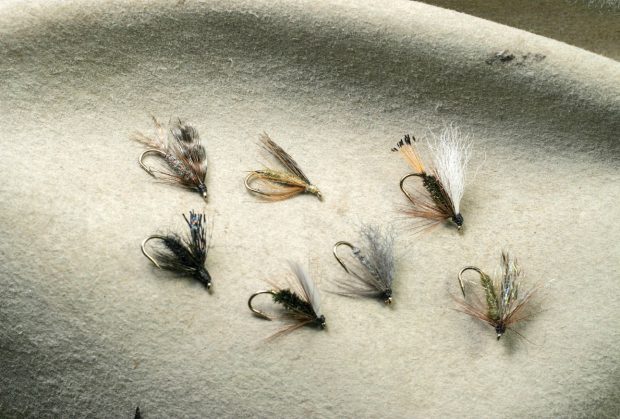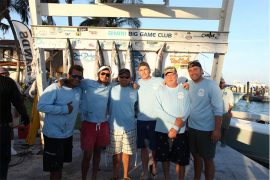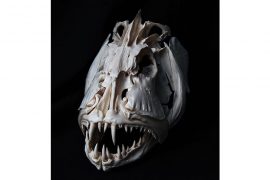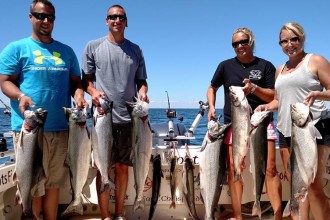
New materials, tying tools, and techniques help put a new spin on classic patterns.
[by Scott Sanchez]THE USE OF WET FLIES PRE-DATES THE BIRTH OF ANYONE READING THIS ARTICLE, but they are still deadly for 21st century trout. In fact, while it’s easy to imitate many aquatic insects with dead-drifted dry flies and nymphs, a significant number of insects are better imitated with a wet fly and active presentation. In my opinion, the traditional wet fly can be a versatile part of any modern angler’s arsenal.

HOOK: Dai-Riki 060, sizes 8 to 18.
THREAD: Light yellow 8/0.
BODY: Coarse olive dubbing.
HACKLE: Ginger hen.
WING: Speckled brown pheasant tail fibers.
Moreover, with the resurgence of classic tackle like bamboo, fiberglass rods, and Tenkara, why not also go with a traditional approach to fly selection? Unfortunately, many classic wet-fly patterns aren’t even available in most fly shops, but you as a fly tyer can create as many as you want.
Wet flies work in many situations but where they really excel is when active aquatic insects are emerging or laying eggs. The endemic family of caddis is one of the most common, and mobile, trout-food sources. When pupae migrate to the surface quickly, it sometimes causes fish to explode on the water, and the bugs are best imitated by a swinging wet fly or soft hackle. Some caddis adults dive underwater to lay eggs, another behavior best imitated with motion.
There are also certain mayflies, such as march browns and Epeorus, which make the transition to dun under the water’s surface, and also actively-swimming Baetis, that are great wet-fly candidates. I’ve even used wet flies to imitate sunken spinners, terrestrials, and small minnows. In fact, the difference between classic wet flies and classic streamers boils down to just size. Wet flies are simply a great option for when drag-free drifts aren’t the order of the day, so what’s not to like?
What Is A Wet Fly?
Generally, traditional wet flies have a quill wing, with a dubbed herl or floss body, and a hackle that sweeps back over the body. Prominent tails and tags are common on some patterns, too. These flies have a larger profile than their classic relatives, soft hackles.

HOOK: Dai-Riki 060, sizes 8 to 18.
THREAD: Black 8/0.
TAIL: Golden pheasant.
BODY: Peacock herl.
HACKLE: Brown rooster hackle.
WING: White calf tail.
American anglers adopted most of the early wet-fly patterns from the British and other European countries—some were imitations of aquatic and terrestrial insects and some were attractor patterns. While effective, tackle availabilities of the day also made wet flies somewhat of a necessity. Dry flies can be challenging to fish without a modern, high-floating, plastic fly line. Gut leaders, silk, and horse hair lines required serious amounts of dressing and attention, and even then the amount of floating time was limited. That said, sometimes duplicating the old-world presentation style is easier with a modern, intermediate line.
Traditionally, anglers swing wet flies downstream and across the current. This is a very simple method in runs with a relatively consistent current flow between banks, and a great way for a novice to fool fish because you don’t have to be a proficient angler. To be as effective and versatile as possible, you need to be able to adjust the swing speed of the fly. Generally, the fly moves just a little quicker than the current, and most trout strike as the fly accelerates at the bottom of the drift. However, you may find that a more subtle or aggressive acceleration may be better. You can achieve this by mending upstream or downstream or doing both during a single drift. Mending upstream will slow the drift, while mending downstream will create a belly in the line and consequently accelerate the fly. Mending also helps when the current you are wading in varies from the current you are fishing. Aiming your swing towards fish-holding structure or a feeding fish are also important to success. Steelhead anglers know what I mean.





